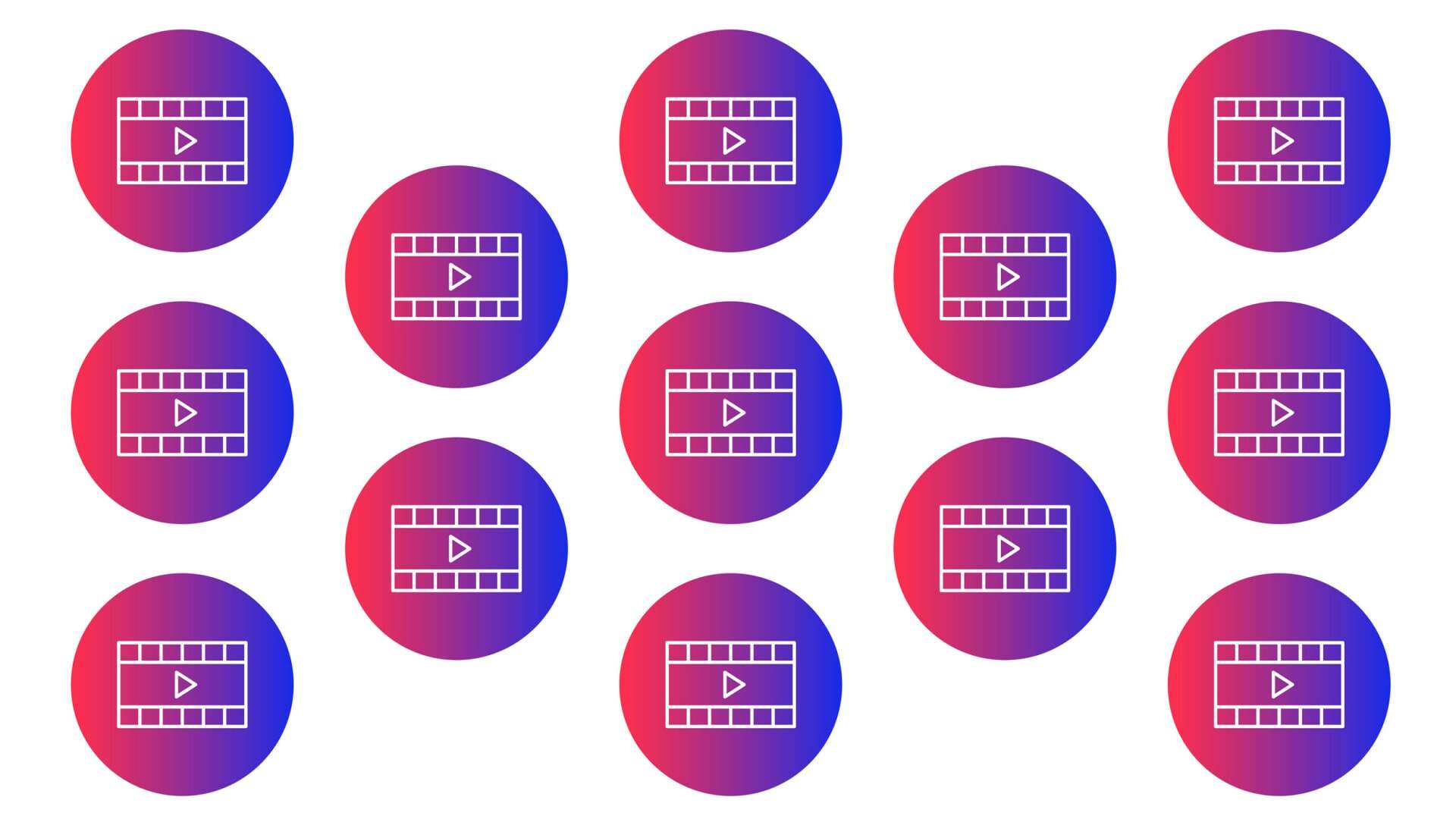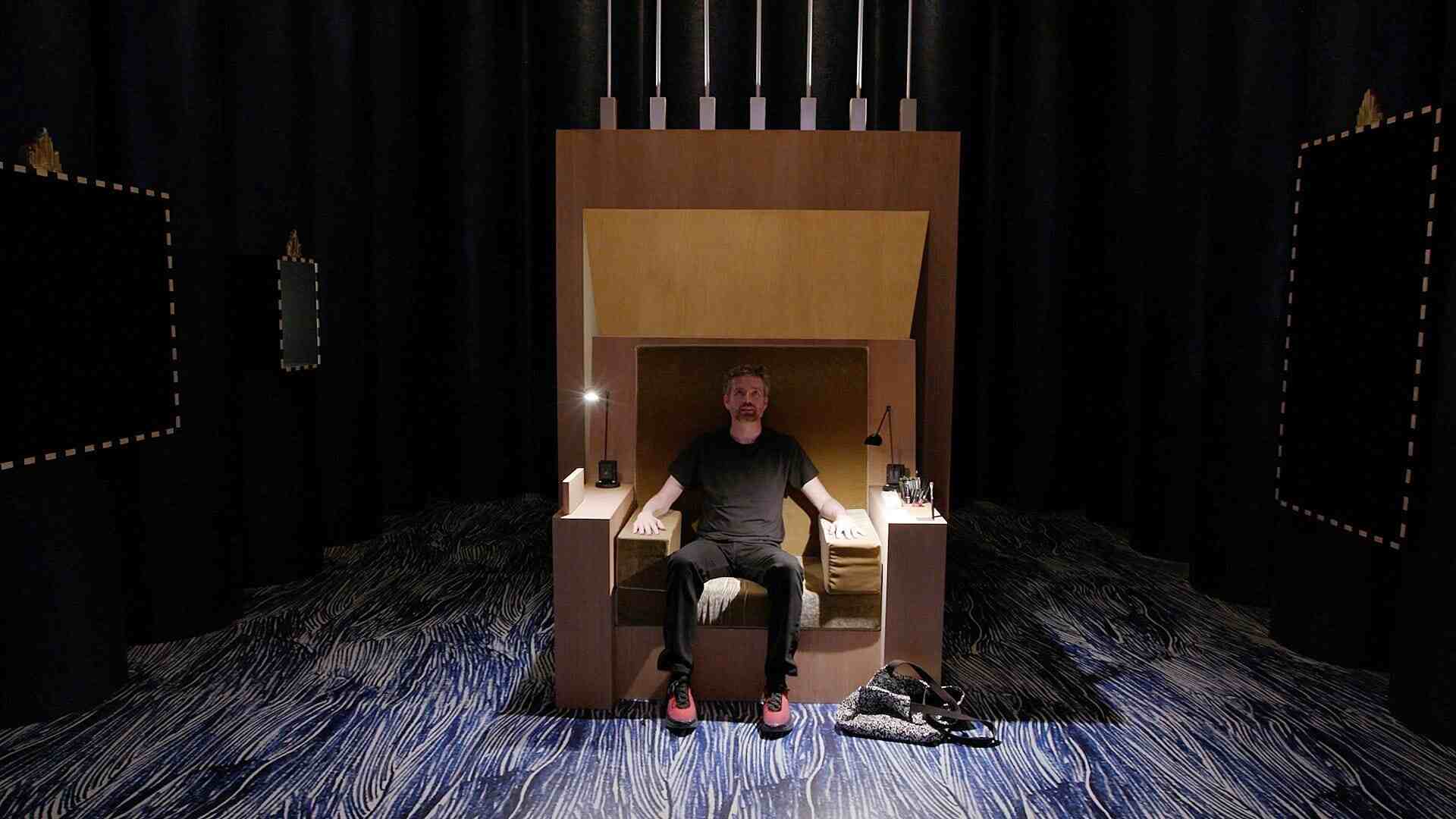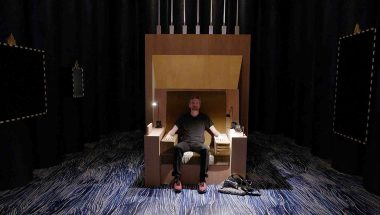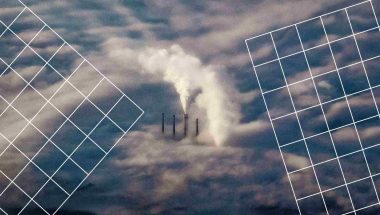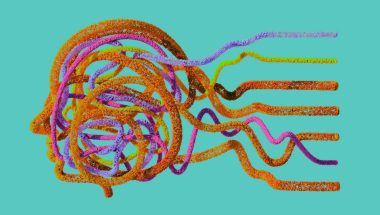- | 1:00 pm
This sphere of 300 speakers blasts out an AI-created ‘soundtrack for the world’
In ‘Sound of the Earth: Chapter 3,’ user-submitted sounds are automatically stitched together into an ever-evolving composition.

A distorted kazoo from Belarus. A gentle three-chord keyboard progression from France. A throaty growl from Brazil. These disparate sounds from far reaches of the world could hardly be more different. And yet they’ve come together to form a breezy, experimental soundscape made possible through artificial intelligence and the sheer diversity of the world.

This ambient global mashup of music and noise is Sound of the Earth: Chapter 3, an art project developed by Yuri Suzuki, a London-based sound artist and partner at the design firm Pentagram. Developed in collaboration with Google Arts & Culture for the 23rd Triennale Milano International Exhibition, the project is now on display in the form of a 13-foot-tall black geodesic sphere dotted with about 300 speakers playing sounds submitted by thousands of people from across the globe.Suzuki says the project is an exploration of the power of artificial intelligence to find similarity in sound coming from wildly different places, and to challenge the way we experience cultures that are foreign to our own.
Processed through an algorithm, the submitted sounds are compiled into an ever-evolving ambient soundscape. At the triennial in Milan, where the artwork is on display until December, the resulting composition is played out of the sphere. Sounds repeat and then fade, and then new sounds are added to the mix.
Lacking any discernible melody, the overall composition is in a constant state of change. Though matte black and without any geographic information, the sphere represents the Earth, and each individual sound is played through a speaker corresponding with the location of its submission.
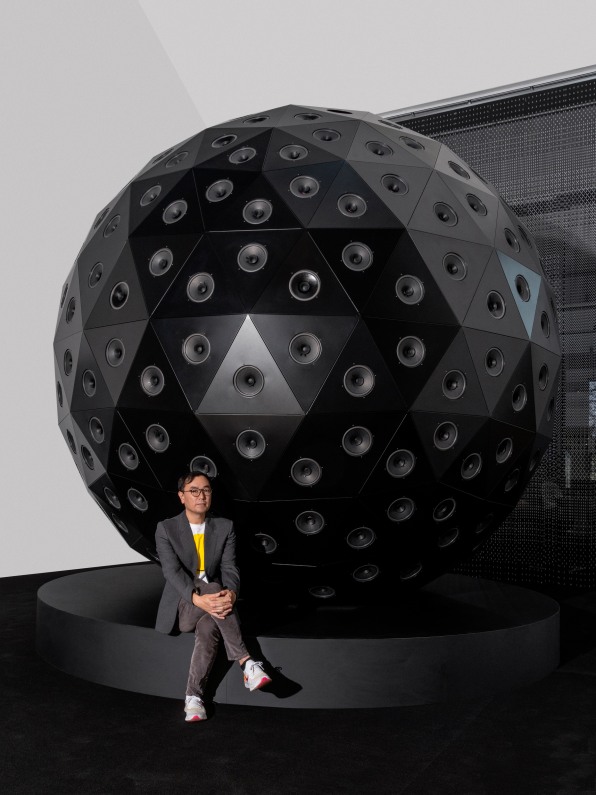
“People are really used to stereo channels or the mono speaker experience. But when you have a multichannel experience it’s actually quite fresh,” Suzuki says. “With 300 speakers, it’s almost unpredictable where it’s coming from. It’s a bit uncanny, but it’s still quite interesting.”Visitors to the project’s website can record and upload their own sound to the growing pool. Using machine learning provided through Google’s Artists + Machine Intelligence grants, every submitted sound is processed and linked to others with similar sonic characteristics so they can flow together cohesively.
“Based on the categorization, it’s making compositions. So each time you open the website the AI is making brand-new compositions,” Suzuki says, adding, “I’m interested in making a democratic way of creating a soundtrack of the world.”
The result is a mostly pleasant ambient background sound, but the submissions can also reflect the messiness of democracy. There are claps, clicks, drones, and wails. One person submitted the gentle sound of birdsong. Another decided to submit the sound of himself burping.

Sound of the Earth: Chapter 3 is part of a series of projects Suzuki has been working on since 2005. He started out simply collecting and sharing sounds he’d record during his travels around the world. “Major cities like New York or Tokyo or London have totally different soundscapes,” he says.
The first chapter of the project was a 30-minute-long collection of sound and music from different countries that Suzuki compiled and pressed into a spherical record. The second iteration, displayed in the Dallas Museum of Art in 2019, consisted of another black dome-like shape that played user-submitted sounds from different parts of the dome.
This latest version is the most intricate, with sounds being interwoven and the soundscape shaped entirely by what is submitted. In the first week of operation, the website received more than 500 submissions, with a wide variety of sound signatures. “Some sound is quite mellow, some sound is more aggressive,” Suzuki says.
He notes that the collection of submitted sounds is growing, and he hopes the website will continue to serve as a kind of global sound archive, with new compositions being made possible with every submission. It could also be a way to blur the spatial and geographic boundaries that separate people.
“The world today is less and less connected,” Suzuki says. Unifying sounds from people around the world, he says, is one way to rebuild those connections. “That’s my naive dream.”











